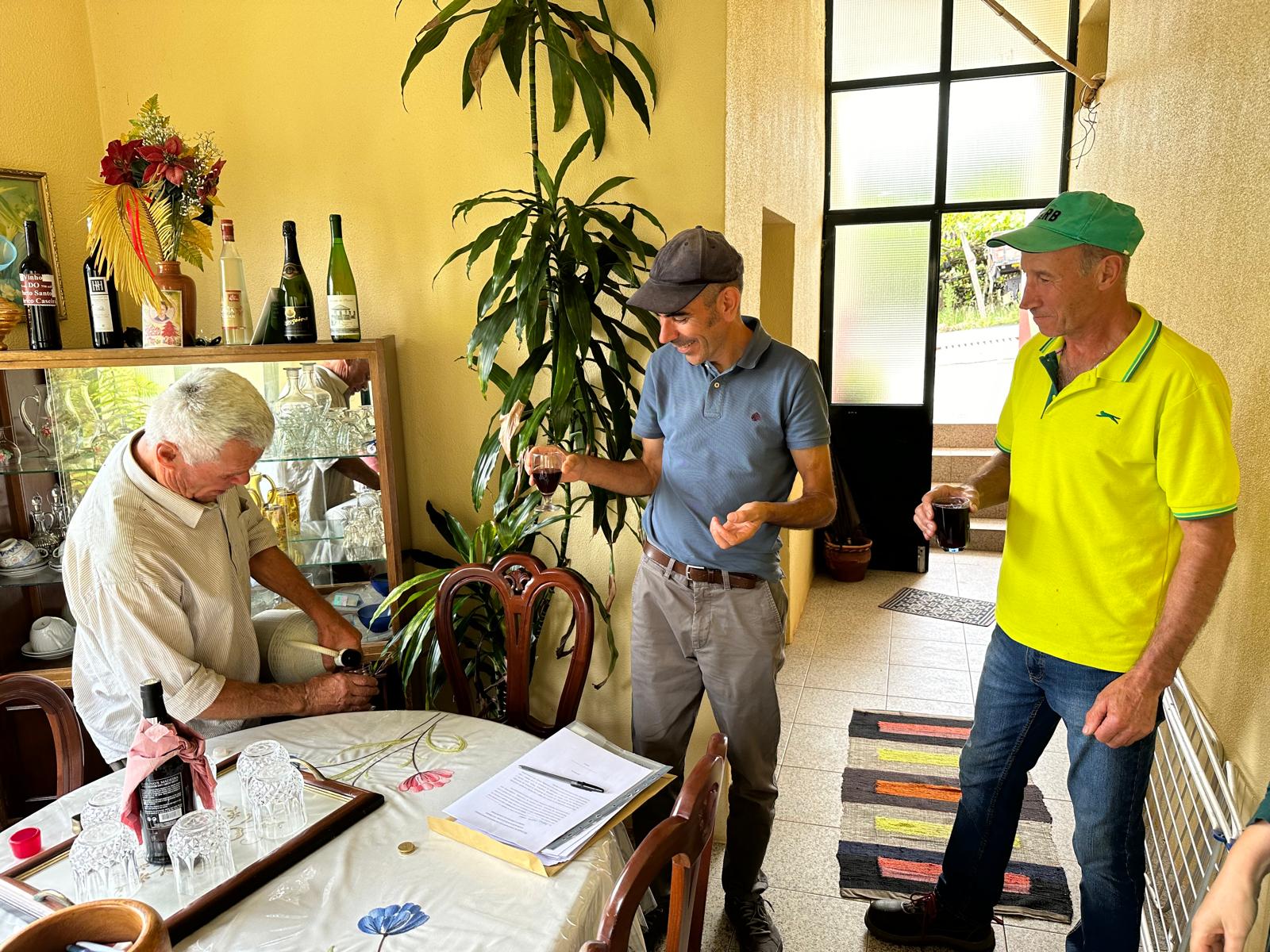Consent is typically expressed in the form of the so-called Letter of Consent, addressed to UNESCO's Intergovernmental Committee for the Safeguarding of the Intangible Cultural Heritage.

It is not for those coordinating the application to impose a rigid model, but for the entity issuing the declaration to decide how it wishes to express its consent. UNESCO only requires that it be expressed in the language of the interested party.
Thus, in the case of an entity based in Madeira or elsewhere in Portugal, the declaration must always be prepared in Portuguese.
Usually, the entity expressing its consent begins by introducing itself to help the reader understand why it is giving consent. However, it is always advisable to explain the reasons that motivated it to do so. It is also advisable to explain, in your own words, what the manifestation of the intangible cultural heritage being applied for consists of.
However, it must be accompanied by a translation into one of UNESCO's working languages, namely English or French.
The declaration may also take the form of a video, but consent is typically expressed in the form of the so-called Letter of Consent, addressed to UNESCO's Intergovernmental Committee for the Safeguarding of the Intangible Cultural Heritage.
Understand the purpose of giving your consent here.
Consult the Letters of Consent already issued by entities supporting the application for the inscription of Madeira Wine Traditions here.
See tips for writing a Letter of Consent here.
Submit a Letter of Consent here.